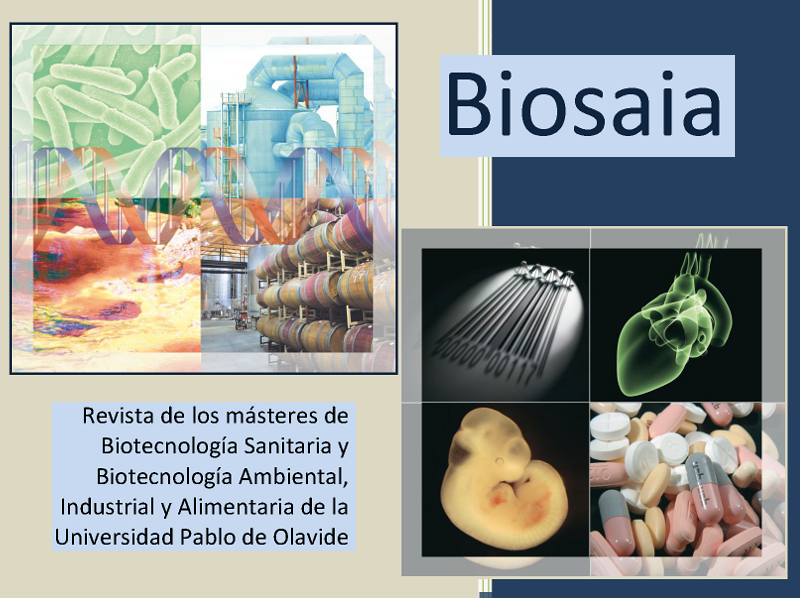Prevention of neural tube defects through maternal supplementation
Palabras clave:
Folic acid; Inositol; neural tube; VANGL2Resumen
Neurulation is a crucial step in embryonic development that leads to the formation of the neural tube, a structure that ends up shaping the central nervous system. Neural tube defects (NTDs) appear when neurulation fails and the neural tube does not close completely. These diseases are usually lethal and, in the mildest cases, they are incurable and disabling; for this reason, research on NTDs focuses especially on their prevention. Currently, 70% of NTDs are preventable by maternal supplementation with folic acid, a vitamin necessary for the production of new cells. Our research group attends to find complementary compounds to folic acid for the prevention of folate-resistant NTDs. To that end, we studied the effect of inositol, an organic vitaminic compound with promising results in both human and mouse trials.Our laboratory uses the Looptail mouse model, a mutant strain for the VANGL2 gene, a member of the non-canonical Wnt pathway. In heterozygosity, these mice have a curly tail phenotype and a low incidence of spina bifida. We have also discovered that heterozygous mid-developed embryos have cell aggregates in the neural tube that resemble the most common form of spina bifida occulta in humans. In our research group, we carry out the in situ hybridization technique in these embryos using a probe that marks the aggregates. This allows us to compare the number, intensity and size of cell aggregates between embryos from untreated females and those from supplemented ones. Our preliminary results indicate that D-chiro-inositol combined with folic acid is the best combination for maternal supplementation, demonstrating higher levels of cellular aggregate reduction and no embryo toxicity.On the other hand, we have designed plasmids with the VANGL2 promoter, which together with CRISPR/Cas9 technology, it will allow us to study the effect on gene expression of possible mutations, as well as identify the most important regions of the promoter. Ultimately, our group aims to open new research routes for the prevention of NTDs, in order to avoid these serious and incurable diseases.Descargas
Citas
Nikolopoulou, E., Galea, G. L., Rolo, A., Greene, N. D. and Copp, A. J. (2017). Neural tube closure: cellular, molecular and biochemical mechanisms. Development 144(4), 552-566. Nikolopoulou, E., Galea, G. L., Rolo, A., Greene, N. D. and Copp, A. J. (2017). Neural tube closure: cellular, molecular and biochemical mechanisms. Development 144(4), 552-566.
Northrup, H. and Volcik, K. (2000). Spina bifida and other neural tube defects. Curr Probl Pediatr. 30(10), 317-332.
Cavalli, P., Tonni, G., Grosso, E., & Poggiani, C. (2011). Effects of inositol supplementation in a cohort of mothers at risk of producing an NTD pregnancy. Birth Defects Research Part A: Clinical and Molecular Teratology, 91(11), 962- 965. https://doi.org/10.1002/bdra.22853
Descargas
Publicado
Cómo citar
Número
Sección
Licencia

Esta obra está bajo una licencia internacional Creative Commons Atribución-NoComercial-CompartirIgual 4.0.





